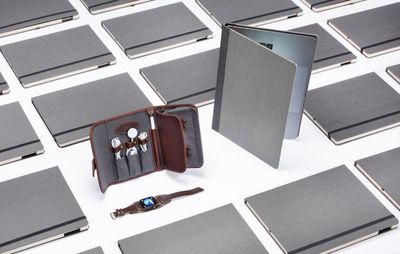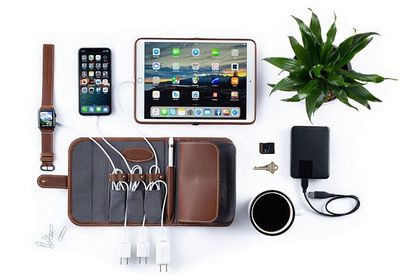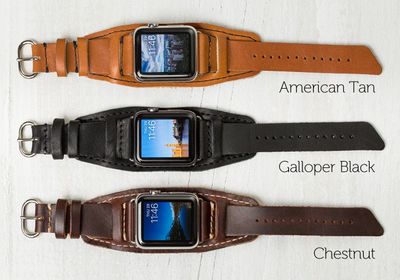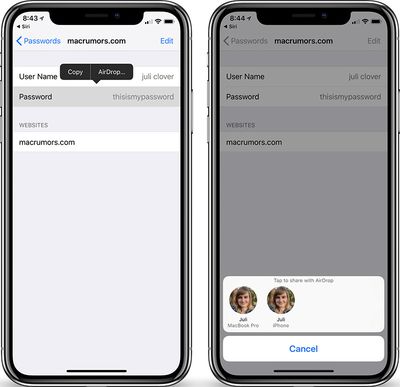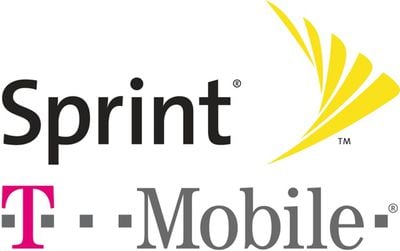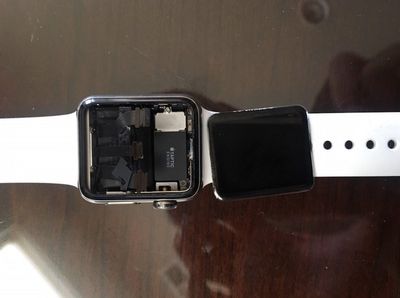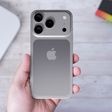A future version of the Apple Watch will be updated with solid state buttons that don't physically click but instead use a Taptic Engine to provide haptic feedback to users, reports Fast Company.
Apple will continue to use a two button configuration with a Digital Crown and a Side button, but neither button will be a traditional physical button.
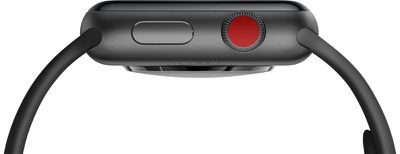
Apple will stick with the Watch's current button configuration, with a button and a digital crown situated on one side of the device, but neither will physically click as before. Rather than reacting to the user's touch by physically moving back and forth, the new buttons will vibrate slightly under the fingertip, using the haptic effect Apple calls the Taptic Engine. (The digital crown will still physically rotate to navigate through content.)
What Fast Company is describing is the same solid state button design that Apple first introduced with the iPhone 7 and the iPhone 7 Plus Home button. These devices, and later iPhones with a Home button, use solid state buttons that provide haptic feedback from the built-in Taptic Engine to mimic a button press. Apple uses a similar method for its MacBook and MacBook Pro trackpads, which also lack physical buttons.
Solid state buttons will improve water resistance in the Apple Watch and also take up less space, leaving more room for a bigger battery or other components. Fast Company's source also alleges Apple is working on using the top of the buttons as sensors to gather health-related data like heart rhythms as some types of measurements require more than one point of contact with a user's skin.
According to Fast Company, the Apple Watch could adopt solid state buttons as early as 2018, but if the feature doesn't make it into the 2018 Apple Watch models, solid state buttons will be introduced in 2019. In the future, beyond 2019, Apple is also said to be working towards a watch that has no buttons at all, with the sides of the device designed to respond to touch and swipe-based gestures.
Previous 2018 Apple Watch rumors have made no mention of solid state buttons, but we have heard that the fourth-generation Apple Watch models could feature a display that's 15 percent larger, perhaps through a reduction in bezel size. New models are also said to feature a longer battery life and improved health monitoring capabilities.


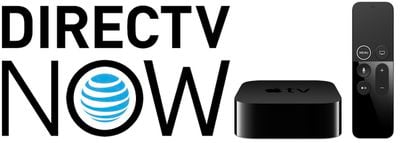 Note: MacRumors is an affiliate partner with DirecTV Now. When you click a link and make a purchase, we may receive a small payment, which helps us keep the site running.
Note: MacRumors is an affiliate partner with DirecTV Now. When you click a link and make a purchase, we may receive a small payment, which helps us keep the site running.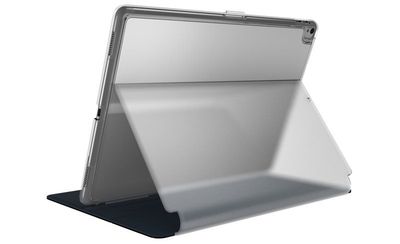
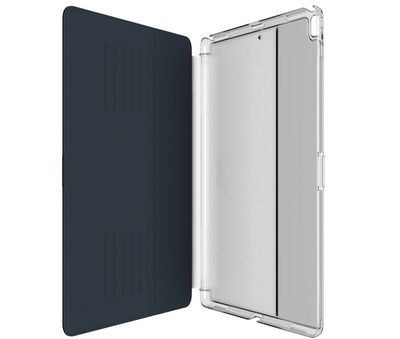
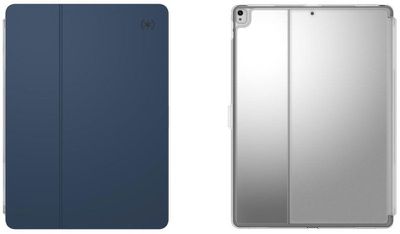





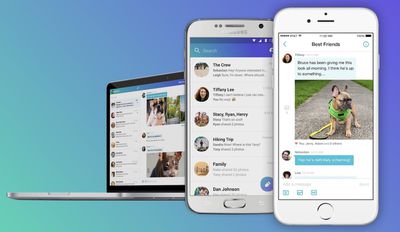
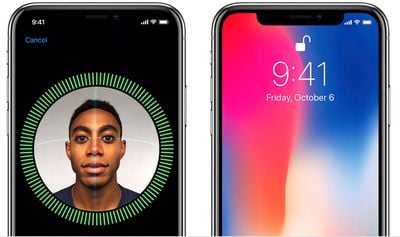


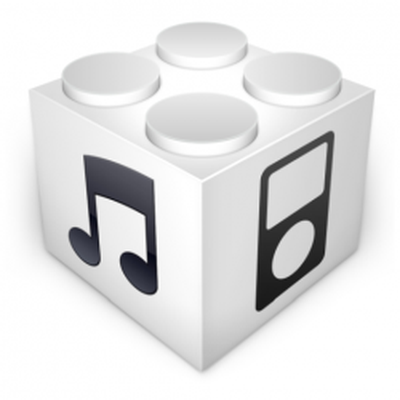 Following the
Following the 

 Following yesterday's news that Apple is partnering with producer J.J. Abrams on a show called "
Following yesterday's news that Apple is partnering with producer J.J. Abrams on a show called "